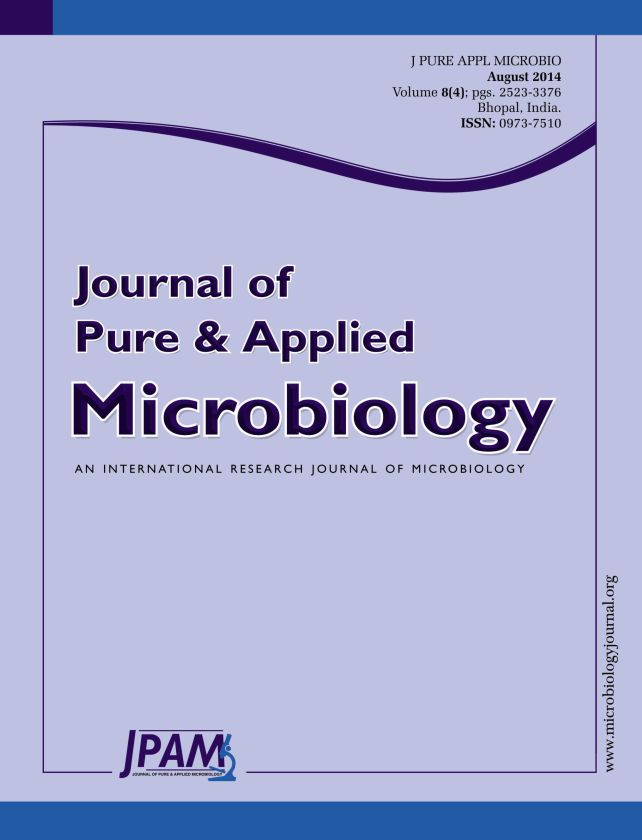The problem of the unlimited increasing need for the unrenewable fossil fuels (petroleum) and its increasing price has urged scientists to use microalgae as a source for the production of biodiesel. The eustigmatophyte microalga Nannochloropsis salina has been cultivated under different laboratory conditions to increase its growth and potentiality for oil production. Results demonstrated that the maximum value of algal biomass (approximately 0.3 g L-1) was obtained where the alga cultivated under light intensity of 1830 lux and 16:8 hrs light/dark regime. However oil content increased gradually with increasing light intensity under continuous light to reach the maximum value (0.12 g L-1). The best nitrogen source and concentration that stimulate biomass downloading and oil production is 0.5 g L-1 urea. In regard to nitrogen limitation, algal growth shows different responses towards the effects of nitrogen limitation. However, oil content of the starved algal cells was increased after adding urea with maximimum concentration of 0.26 g L-1. Furthermore, algal cell number, biomass and oil content were increased under cultivation with sodium acetate and light conditions indicating that this organism can grow better mixotrophically rather than heterotrophically.
Biodiesel, Bio oil, Fatty acid, Cultivation conditions, Nannochloropsis salina
© The Author(s) 2014. Open Access. This article is distributed under the terms of the Creative Commons Attribution 4.0 International License which permits unrestricted use, sharing, distribution, and reproduction in any medium, provided you give appropriate credit to the original author(s) and the source, provide a link to the Creative Commons license, and indicate if changes were made.


